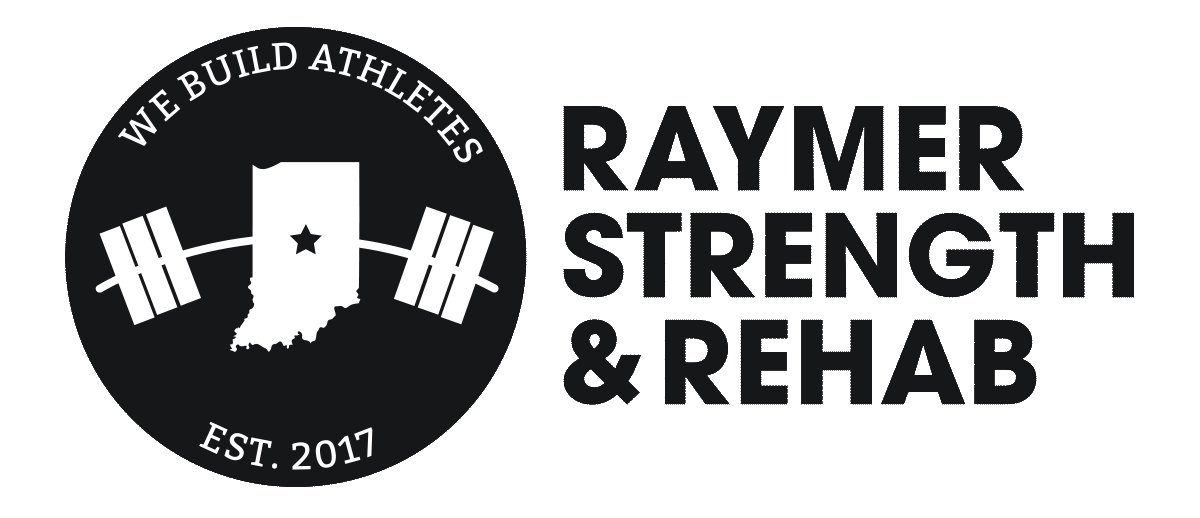5 Steps for Athletes to Stay Hydrated
It’s a no brainer that athletes can get dehydrated while training or competing— especially during long bouts of activity outside in the summer heat.
A dehydrated athlete runs the risk of…
Negative performance effects (strength, power, agility, endurance, etc.)
Injury (muscle fatigue and heat related injuries)
Athletes are at risk if they lose…
2% of their weight in water to experience negative loss of strength
3% to experience negative loss of power
10% to experience negative loss of endurance (1).
This exact range of percentages can vary based on the person and the nature of the sport played (2). Sweat is the major contributor to water loss during competition, but spit, bathroom breaks, tears, and more can add up.
If an athlete weighs 125 pounds, that means they experience negative effects as soon as they’ve lost about 2.5 pounds of water weight. The negative effects and injury risk rise with every percentage of body weight lost. And of course, this effects athletes both indoors and outdoors.
Let’s review 5 steps for athletes to stay hydrated during exercise.
Lily Wilson defends during a summer WPSL match.
Photo courtesy of Matt Wright from Recruit Productions
Step 1: Weigh yourself before and after games
A quick weigh in and weigh out will tell athletes how much water they’ve lost during the game.
For example, if I weighed in at 220 pounds before competition, and then 217.3 pounds after competition, then I lost 2.7 pounds of water weight during my exercise.
Now, I understand that for some athletes, weighing themselves can be intimidating, or they may have an unhealthy relationship with a scale. I get it… because that was me, too. However, it’s still really important to know how much your body loses in water. I’m not suggesting that athletes weigh themselves every game, but enough to get an average so that they can put a consistent rehydration recovery plan in place.
If seeing the number is too much of a psychological hurdle, have a coach or parent block the numbers from view on the scale with a piece of paper and record them away from the athlete— and only give them the ounces lost after the weigh out.
Tessa Kramer pitches in the background of this infographic.
Step 2: Drink after a game to recover the water weight that you lost
At a minimum, athletes should drink, ounce for ounce, the amount they lost. If you lost 18 ounces during a game, drink 18 ounces afterwards.
I often tell athletes they should drink between 16oz and 24oz of water per pound lost post-competition… and that’s partially because nearly all my athletes don’t drink enough water period.
Step 3: Drink before and during a game to stay hydrated
This is a no brainer, right? Problem is, athletes don’t always prioritize this… especially before games.
Now that athletes are armed with their before/after weigh ins (Step 1), they know, on average, how much water they need to replenish themselves.
If athletes are actively rehydrating before and during the game (or training session), negative performance effects will be minimized before they can truly begin.
Brooklyn Gibbons competes during summer club soccer.
Emma Jenkins and Bells Hughes high five during the summer travel season.
Photo courtesy of Sherri Jenkins.
Step 4: Stay hydrated on inactive days
Staying hydrated doesn’t stop on days that athletes aren’t actively expending energy in competition or training.
Staying hydrated has a LOAD of amazing performance and health benefits:
Increases energy and mental clarity
Improves circulation and a more regulated blood pressure
Improved muscle function (stronger, faster, and more agile)
Improved training benefits when you show up hydrated
Step 5: Self-monitor hydration
One of the easiest ways to monitor hydration levels is through the color of the urine. Yep - we’re talking about that!
Athletes can follow all of the guidelines– measuring their body weight before and after competitions, drinking back the water weight lost, hydrating in between training days– and still the body can throw a curve ball.
The color of urine let’s athletes know if they need to rehydrate.
Check out the fact sheet provided by the NCAA that shows what each urine color means, and how much athletes should drink to get back to the safest levels.
Wrap Up
Athletes need to be empowered with the information on how much water weight they lose during training and competition. Then, they must drink back the water lost and try to stay hydrated during training and competition (and not just after). Athletes should also prioritize hydration on non-active days to maximize performance and recovery, and a good way to guide themselves is by checking the color of their urine.
There have been a lot of studies on effects of hydration and performance with different liquids besides water— like water high in alkaline, mineral water, chocolate milk, supplements alongside water, and sports drinks. Each has different pros and cons, but water is the no-nonsense, easy bet for staying hydrated.
References
Judge LW, Bellar DM, Popp JK, Craig BW, Schoeff MA, Hoover DL, Fox B, Kistler BM, Al-Nawaiseh AM. Hydration to Maximize Performance and Recovery: Knowledge, Attitudes, and Behaviors Among Collegiate Track and Field Throwers. J Hum Kinet. 2021 Jul 28;79:111-122. doi: 10.2478/hukin-2021-0065. PMID: 34400991; PMCID: PMC8336541.
Nuccio RP, Barnes KA, Carter JM, Baker LB. Fluid Balance in Team Sport Athletes and the Effect of Hypohydration on Cognitive, Technical, and Physical Performance. Sports Med. 2017 Oct;47(10):1951-1982. doi: 10.1007/s40279-017-0738-7. PMID: 28508338; PMCID: PMC5603646.






